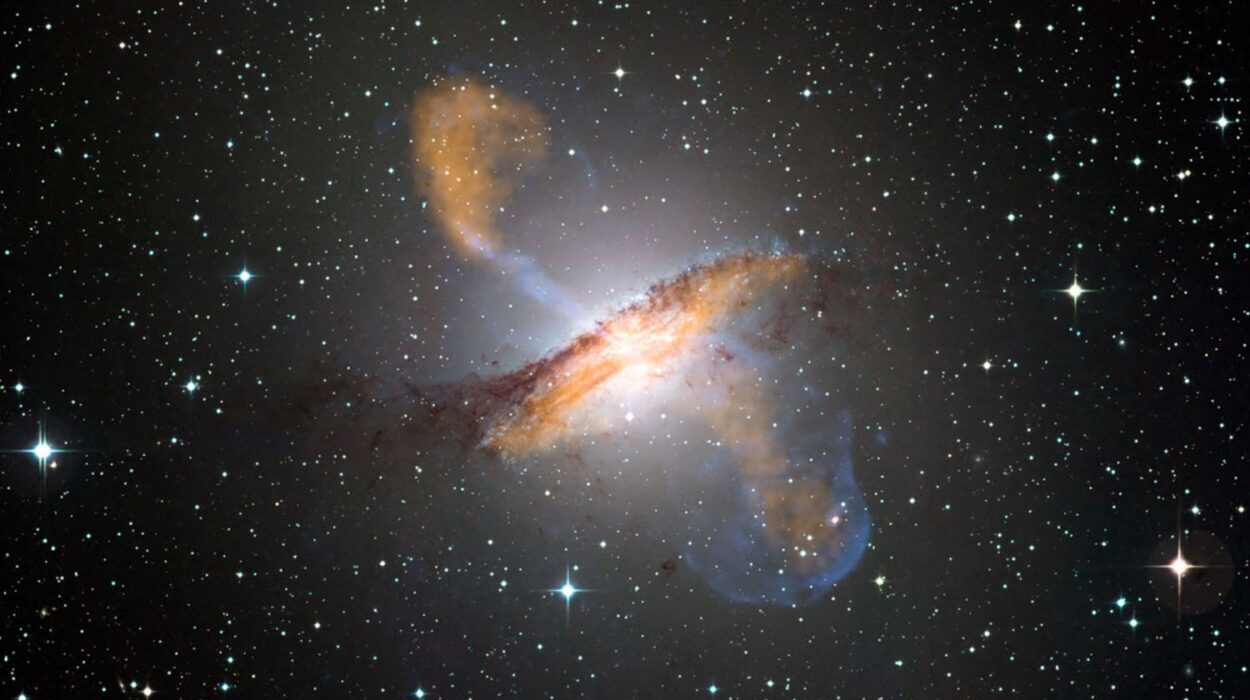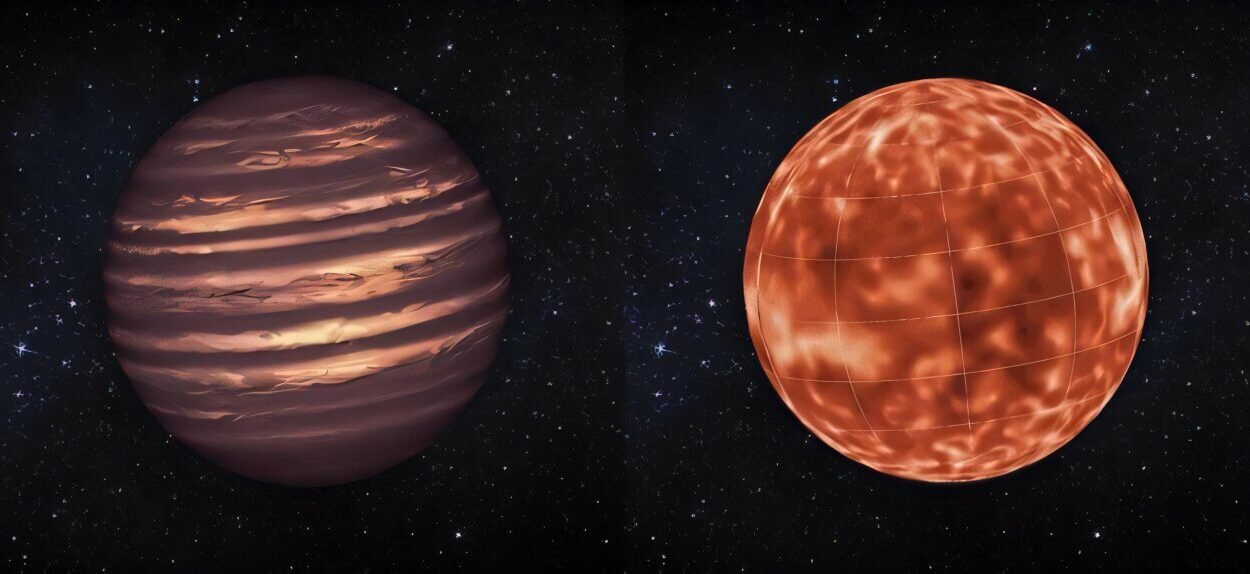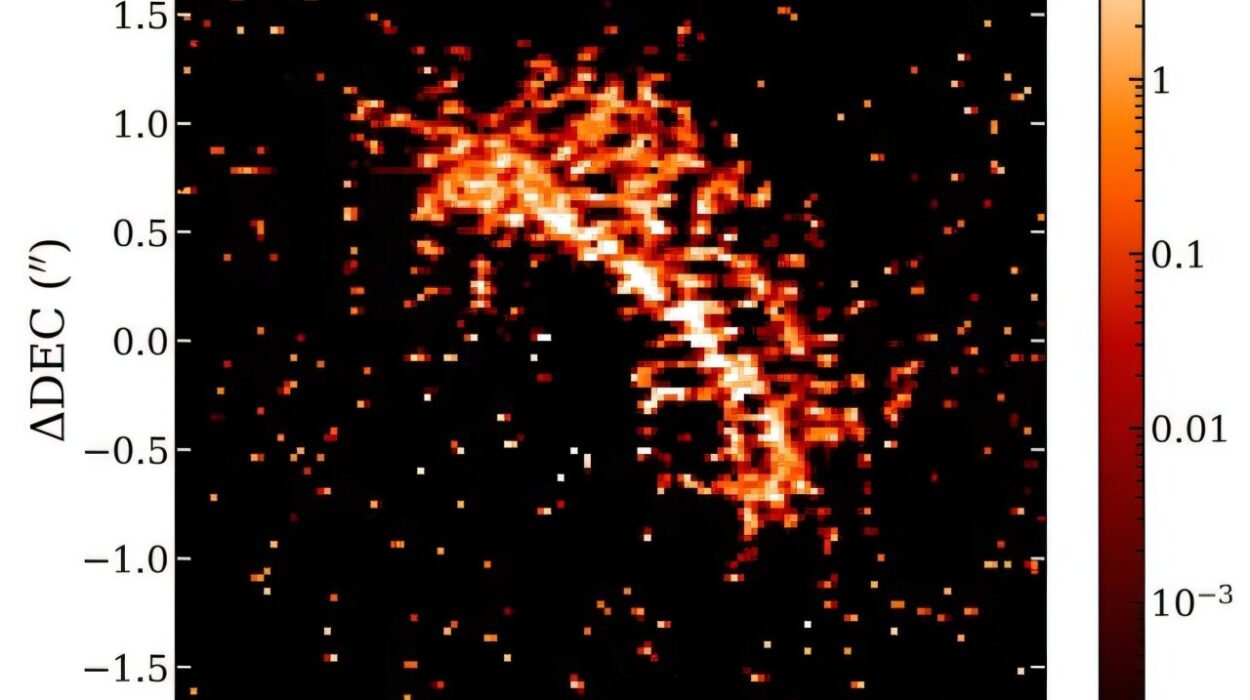Just a few decades ago, the idea of planets orbiting other stars was more science fiction than science. Although it seemed reasonable to assume that our Sun was not the only star with planets, the evidence simply wasn’t there. The night sky, glittering with thousands of stars, concealed its secrets well. But everything changed in 1992, when the first confirmed exoplanets were discovered around a pulsar—of all things—and then again in 1995, when a planet orbiting a sunlike star was found. That discovery marked the dawn of a new era in astronomy.
Since then, we’ve detected thousands of planets outside our solar system, ranging from scorching gas giants that hug their stars tightly, to rocky worlds that may hold liquid water. Some are bizarre—hot Jupiters that orbit their stars in just a few days, or planets with densities lighter than cork. Others seem tantalizingly familiar, resembling Earth in size and temperature.
But how do we detect these worlds? After all, planets are small, faint, and lost in the blinding glare of their parent stars. Detecting them is like trying to see a firefly next to a searchlight from thousands of miles away. Yet, thanks to brilliant techniques, clever engineering, and persistent curiosity, astronomers have pulled off what once seemed impossible. This is the story of how we use telescopes—those majestic eyes to the cosmos—to discover distant worlds.
The Challenge of Seeing the Invisible
Before diving into the methods, it’s important to appreciate the fundamental challenge: planets do not emit their own visible light. While stars blaze brightly with fusion-powered energy, planets merely reflect starlight. This makes them extraordinarily difficult to spot directly.
Moreover, stars are far brighter than their planets—often by factors of millions or billions in the visible spectrum. Even the largest planets are tiny compared to their host stars. Imagine standing in New York and trying to spot a flea crawling next to a lighthouse in Los Angeles. That’s the scale of difficulty astronomers face when hunting for exoplanets.
Because of this, many of the most powerful detection methods are indirect. Instead of seeing the planet itself, astronomers look for its influence: a wobble in the star’s motion, a slight dimming of its light, a subtle shift in its spectrum. Each of these signs tells a story, and together they build a compelling case for planets around distant suns.
The Radial Velocity Method: Listening for a Star’s Wobble
One of the earliest and most fruitful techniques for finding exoplanets is the radial velocity method, also known as Doppler spectroscopy. This approach doesn’t rely on seeing the planet directly, but rather on observing the gravitational tug it exerts on its host star.
When a planet orbits a star, the star doesn’t remain perfectly still. Both the star and the planet orbit their common center of mass. For a large planet like Jupiter, this gravitational effect is significant enough to cause the star to move slightly back and forth—toward us and away from us—over time.
Telescopes equipped with high-precision spectrometers can detect these tiny motions by analyzing the starlight. As the star moves toward Earth, its light is slightly blue-shifted; as it moves away, the light is red-shifted. This effect, known as the Doppler shift, is the same principle that causes an ambulance siren to change pitch as it passes by.
By carefully measuring these shifts in the star’s spectrum over weeks, months, or even years, astronomers can infer the presence of an orbiting planet. They can also estimate the planet’s minimum mass and its orbital period.
This method was responsible for the first detection of a planet around a sunlike star—51 Pegasi b—in 1995. It remains one of the most reliable techniques for detecting large, close-in planets.
The Transit Method: Catching a Planet’s Shadow
While the radial velocity method listens for a star’s wobble, the transit method watches for its blink. If a planet’s orbit is aligned just right from our point of view, it will pass directly in front of its star, blocking a tiny fraction of the star’s light. This causes the star’s brightness to dip very slightly—often by less than one percent—for a few hours.
By continuously monitoring the brightness of thousands of stars, telescopes like NASA’s Kepler and TESS (Transiting Exoplanet Survey Satellite) can detect these telltale dips. When such a dimming event repeats at regular intervals, it strongly suggests a planet is orbiting the star.
The transit method has been incredibly productive. It allows astronomers not only to detect planets, but also to determine their size (based on how much light is blocked) and their orbital period (from the timing of the transits). When combined with radial velocity data, it can even reveal the planet’s density, offering clues about its composition—rocky like Earth, or gaseous like Neptune.
Moreover, during a transit, some of the star’s light filters through the planet’s atmosphere. By analyzing this filtered light, astronomers can study the planet’s atmospheric composition, detecting gases like water vapor, methane, or carbon dioxide. In this way, the transit method offers not just detection, but characterization—bringing us closer to understanding what these distant worlds are truly like.
Direct Imaging: Catching a Glimpse
Though extremely challenging, direct imaging of exoplanets is possible—and it’s as close as we get to actually seeing an alien world.
To achieve this, astronomers use powerful telescopes equipped with coronagraphs—devices that block out the bright glare of the central star, allowing fainter nearby objects to be seen. They also employ techniques like adaptive optics to correct for atmospheric distortion, especially in ground-based telescopes.
Direct imaging works best for young, massive planets that emit infrared light due to residual heat from their formation. These planets are often located far from their host stars, making it easier to separate their faint glow from the stellar glare.
The first confirmed direct image of an exoplanet came in 2004. Since then, several planetary systems have been imaged, often revealing multiple planets orbiting their star. While direct imaging remains rare and limited to specific types of systems, it holds great promise for the future. With next-generation space telescopes like the James Webb Space Telescope (JWST) and proposed missions like LUVOIR and HabEx, astronomers hope to directly image Earth-like planets and search for signs of habitability.
Gravitational Microlensing: Nature’s Cosmic Magnifying Glass
Sometimes, the universe itself lends a hand. Gravitational microlensing is a technique that relies on the warping of space-time by gravity, as predicted by Einstein’s general theory of relativity.
When a massive object, such as a star with a planet, passes in front of a more distant star, the foreground star’s gravity can act as a lens, magnifying and bending the light from the background star. If a planet orbits the foreground star, it can cause a temporary blip in the lensing event—a short-lived but distinct signature that reveals its presence.
Microlensing is incredibly sensitive to planets that lie far from their stars, or even rogue planets not bound to any star at all. It can detect low-mass planets, including those similar to Earth, and does not rely on the alignment of planetary orbits like the transit method does.
However, microlensing events are rare and unpredictable. Once an event ends, it cannot be repeated, making follow-up studies difficult. Still, this method has added many valuable planets to the catalog and offers insights into the broader population of planets in our galaxy.
Astrometry: Measuring the Star’s Dance
Astrometry, the oldest method of measuring stars, is making a comeback in the hunt for exoplanets. It involves tracking the precise position of a star in the sky over time. If a planet is orbiting the star, it will cause the star to move in a small, cyclic pattern—like a dancer being pulled in circles by an invisible partner.
Unlike radial velocity, which measures motion toward or away from Earth, astrometry measures motion across the sky. This allows astronomers to determine the planet’s true mass and orbit, rather than just a minimum mass.
Astrometry requires extremely precise measurements—often down to microarcseconds, a fraction of a fraction of a degree. With the launch of ESA’s Gaia mission, which is mapping the positions and motions of over a billion stars with unprecedented precision, astrometry is poised to become a powerful tool for exoplanet detection, particularly for planets at greater distances from their stars.
Spectroscopy and Atmospheric Analysis
Once a planet is detected, astronomers often turn to spectroscopy to learn more about its atmosphere. During a transit, some of the star’s light passes through the thin upper layers of the planet’s atmosphere. This light carries the fingerprints of atoms and molecules it has passed through.
By splitting the light into its component wavelengths, astronomers can detect the presence of various gases. Absorption lines in the spectrum reveal the composition of the atmosphere—water vapor, carbon dioxide, sodium, and even complex organic molecules.
Spectroscopy can also provide clues about temperature, cloud cover, wind speeds, and pressure. With advanced telescopes like JWST, we are now able to probe the atmospheres of smaller, rocky planets, potentially identifying biomarkers—gases associated with life.
This method is a critical step in the search for life beyond Earth. By analyzing light from distant worlds, we can begin to understand their climates, chemistry, and even their potential for habitability.
Timing Variations: Planetary Clues in the Clockwork
Another subtle but powerful technique involves timing variations. In systems with multiple planets, their mutual gravitational interactions can cause slight shifts in their orbits. These shifts lead to variations in the timing of their transits—one planet might arrive a few minutes early, another a few minutes late.
By studying these transit timing variations (TTVs), astronomers can infer the presence of additional planets, even if those planets don’t transit the star themselves. TTVs can also help refine estimates of planetary mass and orbital dynamics.
Pulsar timing works on a similar principle but with much higher precision. Pulsars are highly magnetized, rotating neutron stars that emit regular pulses of radio waves. If a planet orbits a pulsar, it will cause tiny shifts in the timing of those pulses. This method led to the discovery of the very first exoplanets in 1992, around the pulsar PSR B1257+12.
Though rare, pulsar planets remain some of the most intriguing and extreme examples of planetary systems.
Multi-Wavelength Observations: Seeing in Different Lights
The universe emits light across the entire electromagnetic spectrum—from radio waves to gamma rays. Different wavelengths reveal different aspects of planetary systems.
Infrared telescopes are especially useful for studying the heat emitted by young planets and circumstellar disks where planets are forming. Radio telescopes can detect emissions from planetary magnetic fields. Ultraviolet observations can reveal atmospheric loss in close-in exoplanets, as their atmospheres are stripped by stellar radiation.
By combining data from telescopes that observe in different wavelengths—space-based observatories like Hubble, Spitzer, Chandra, and ground-based arrays—astronomers build a more complete picture of exoplanetary systems.
This multi-wavelength approach enriches our understanding of planet formation, migration, atmospheric dynamics, and potential habitability.
The Future of Exoplanet Detection
The search for distant worlds is far from over. In fact, it’s just beginning. The next generation of telescopes and missions promises to revolutionize our ability to detect and study exoplanets.
The James Webb Space Telescope (JWST) has already begun studying exoplanet atmospheres with unprecedented sensitivity, particularly in the infrared. Planned missions like the European Space Agency’s PLATO, NASA’s Nancy Grace Roman Space Telescope, and ground-based giants like the Extremely Large Telescope (ELT) and the Giant Magellan Telescope (GMT) will push the boundaries even further.
New techniques, such as starshade-assisted imaging, will help block out starlight more effectively, allowing direct imaging of Earth-like planets. Advances in machine learning and data analysis will help astronomers sift through the massive datasets generated by these missions.
Ultimately, the goal is not just to find planets, but to find the right kind: small, rocky, temperate worlds with atmospheres rich in water, oxygen, or even alien life. The tools and techniques we use—refined over decades of ingenuity—bring us ever closer to answering one of humanity’s oldest questions: Are we alone?






